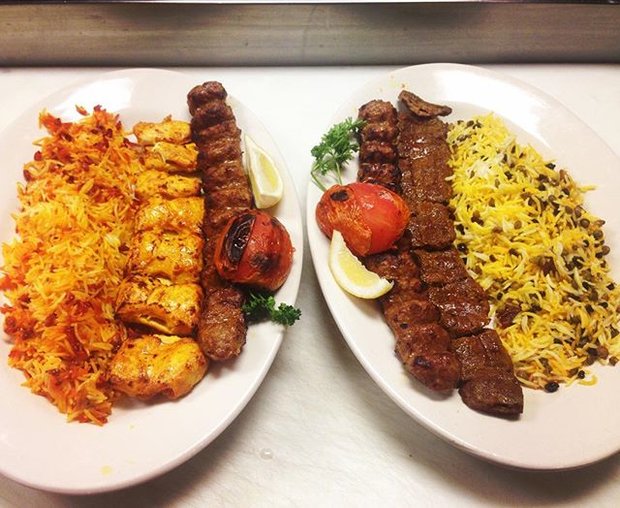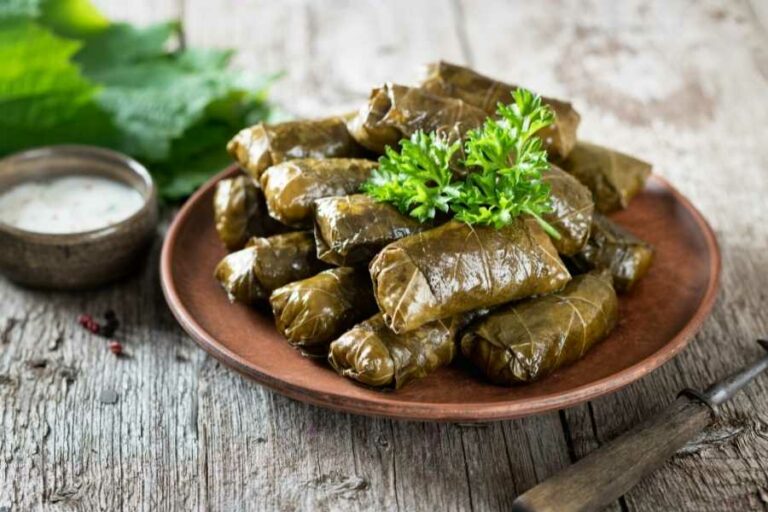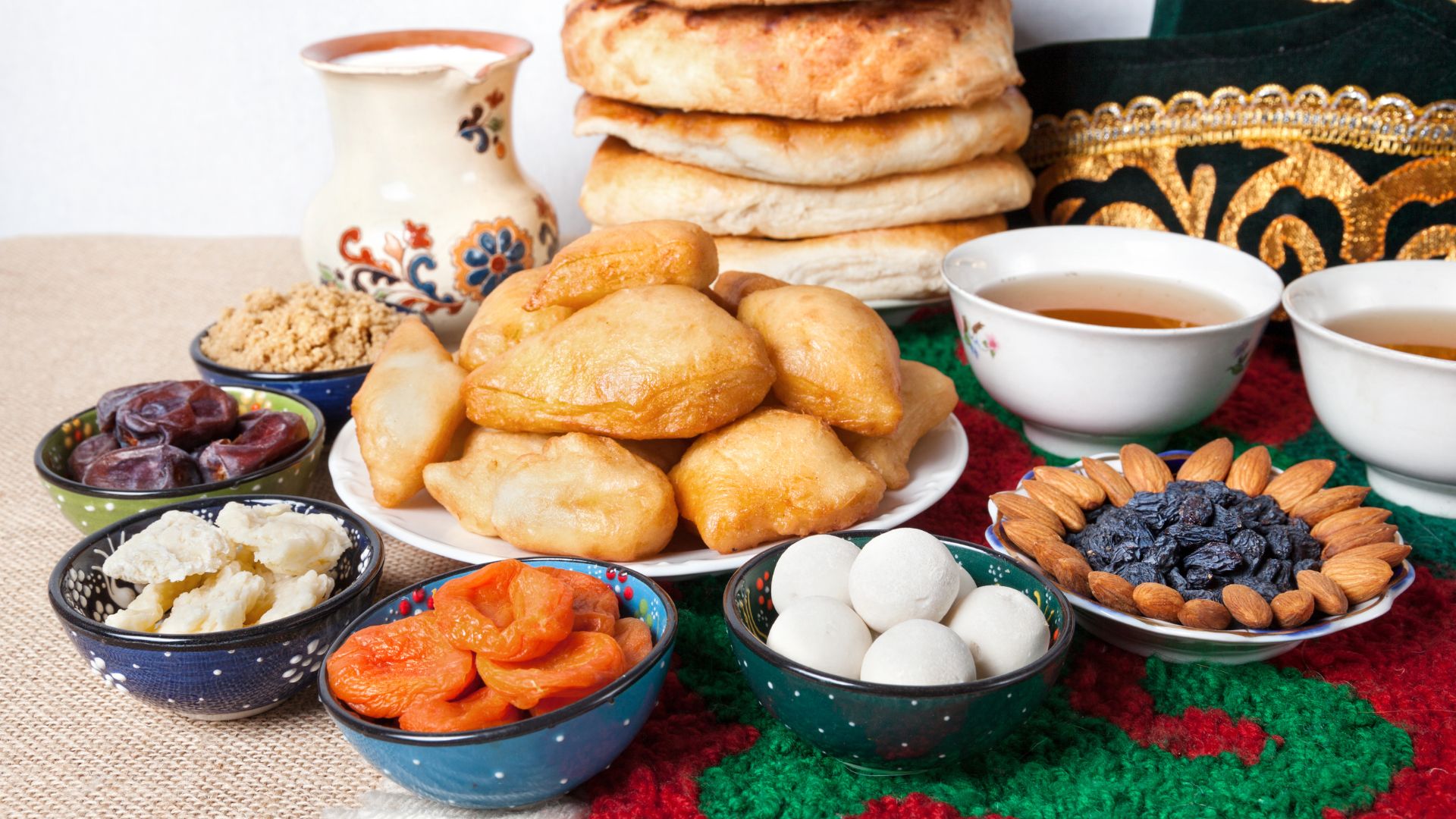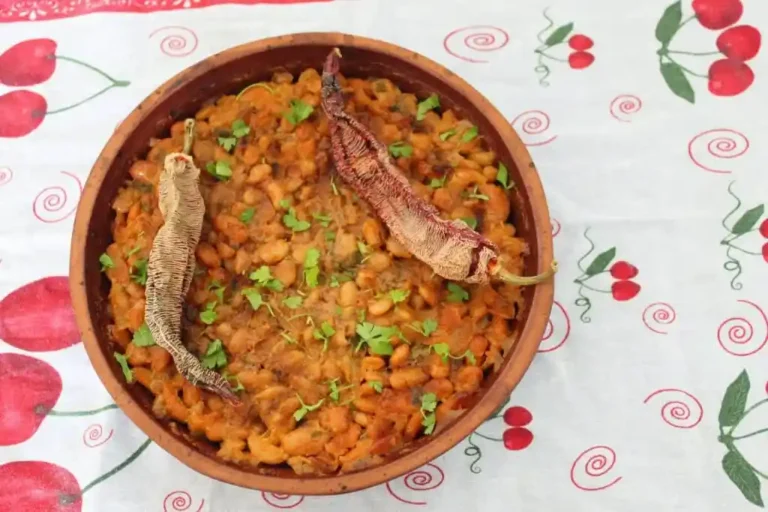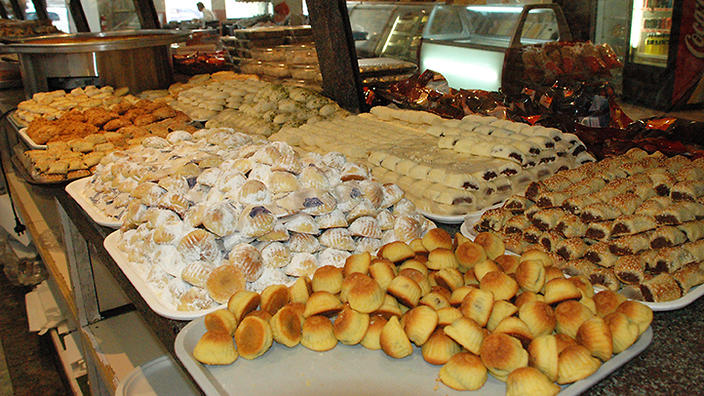If you have ever had coffee in Turkey, you will have noticed that it differs from our coffee both in the way it is prepared and in its taste. Read this article to find out why.

Turkish coffee culture
As historical documents show, the first coffee house in Persia was opened even before the aromatic hot drink celebrated its triumphal march through Syria, Egypt and Asia Minor. Due to the expansion of the Ottoman Empire, however, it was later the Turks who brought coffee to south-eastern Europe. While it was already being sipped in Constantinople in 1554, its popularity was to assume unimagined dimensions in the following centuries.
The history of coffee – from Ethiopia via the Arabic region to Europe
The kingdom of Kaffa, which is now in Ethiopia, is considered to be the region of origin of the coffee bean, because the red fruits growing on the bush were mentioned here as early as the 9th century. The bitter beans were eaten because of their invigorating effect, but raw and without further preparation. It was only later that the beans were roasted in an iron pan and ground up in a mortar. This was followed by boiling it with sugar and water in a clay jar called a jabana. After coffee had reached Arabia by slave traders in the 14th century, it spread from the port city of Al Mukha in Yemen, the trading center in the Arabian region, also known as Mocha or Mocha. Especially since the middle of the 15th century, enjoying coffee in Mecca and Medina and from then on in the entire Arabic empire became increasingly popular. As the Ottoman Empire continued to expand into Syria, Yemen and Egypt, it wasn’t long before the Turks discovered the stimulating beverage known as khave. Since then, the growing regions have been in Ottoman hands, so that the coffee beans spread throughout the entire dominion of the Ottoman Empire as far as south-eastern Europe. At the beginning of the 17th century, the first coffee deliveries were recorded in the large port cities of Europe, but regular trade in the popular beans developed from 1650 onwards.
How Turkish coffee conquered Vienna
Vienna didn’t have to wait long for the first coffee either, because it probably reached Austria in 1683 during the Turkish siege. According to legend, after the defeat of the Ottomans, a Pole named Georg Kolschitzky saved some of the remaining coffee stocks from burning and opened Vienna’s first coffee house. Strained and served with milk, the Wiener Melange was born. Over the centuries, different methods of preparation have developed, from the Ethiopian infusion to the coffee varieties that are widespread today, which have remained unchanged, for example with Turkish mocha. This is usually drunk with sugar and more rarely with a little rose water, while cinnamon or cloves and cardamom should not be missing with Arabic mocha.









